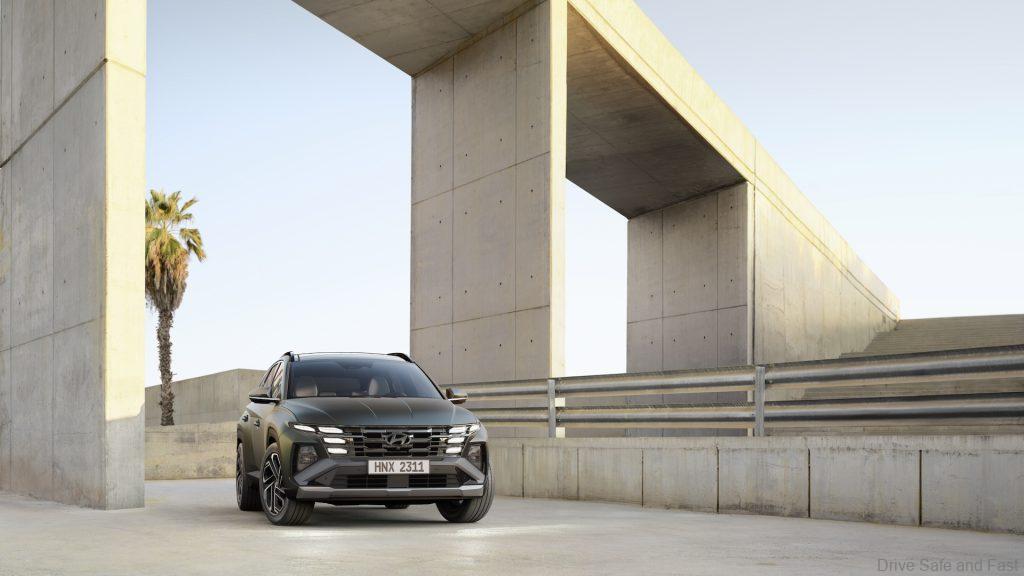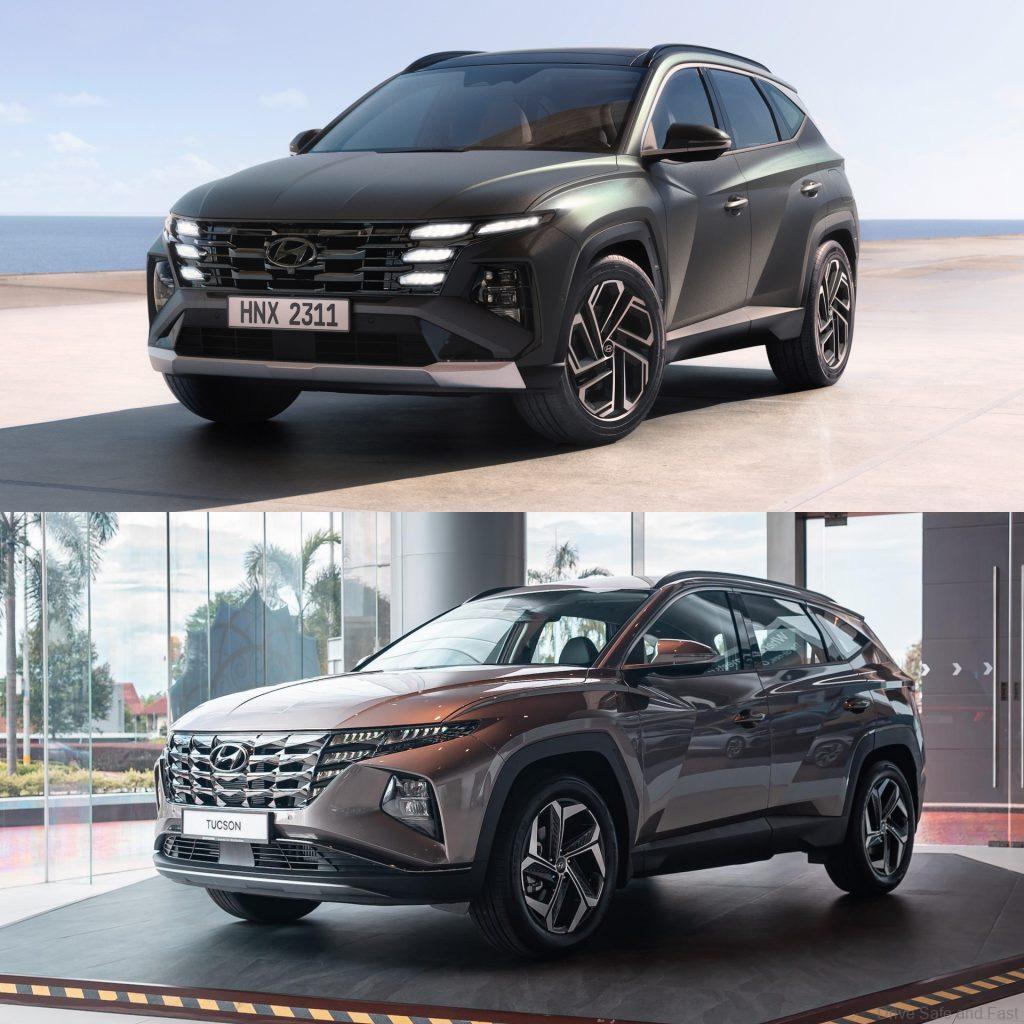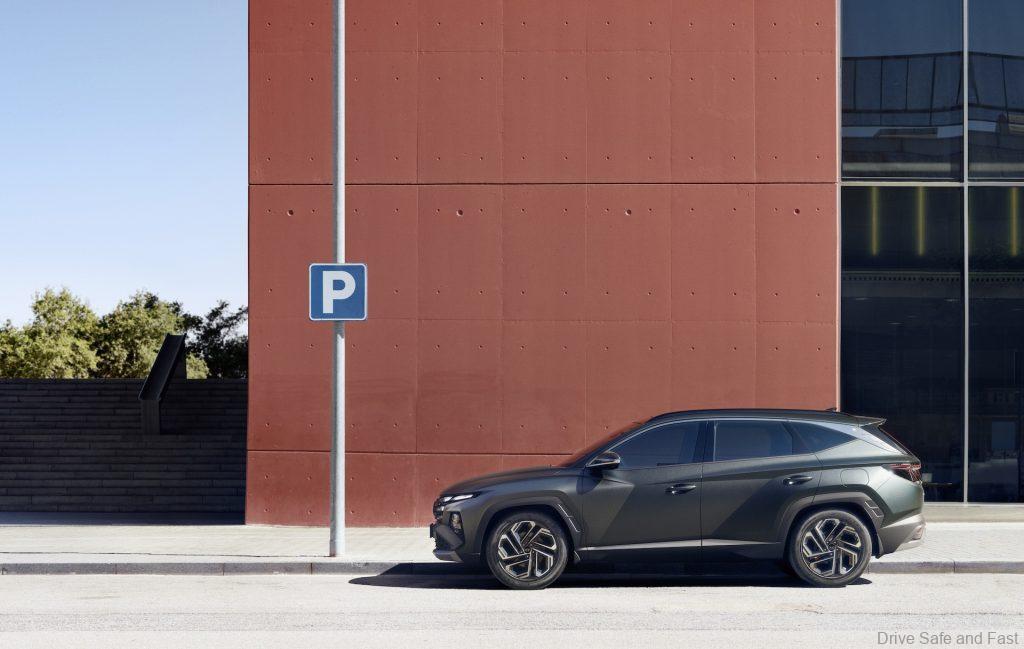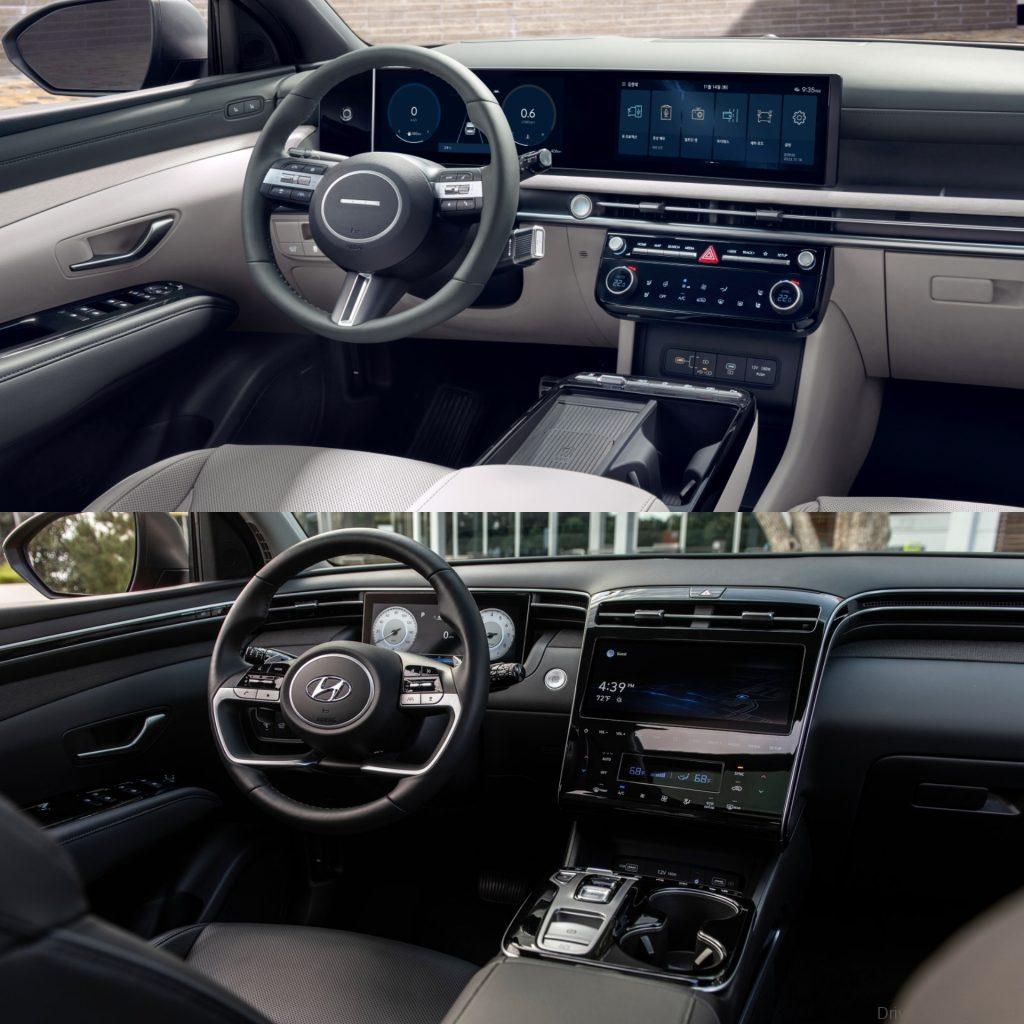The Hyundai Tucson arrived in Malaysia just in time for its replacement’s launch.
Hyundai-Sime Darby Motors may have only just launched the fourth-generation Tucson in our market, but globally the Korean brand are already moving on. Less than 2 weeks ago, we got the official pricing for the fourth generation Tucson, which is now on sale in Malaysia in 3 guises with both a 2.0L naturally-aspirated petrol engine and a 1.6L turbocharged petrol engine option available. Now, we’ve seen Hyundai’s European newsroom issue a press release on the facelifted 4th generation Tucson…

To be fair, the upgrades on the facelift model are fairly modest and we haven’t been shown what the new rear fascia looks like. Plus, this is the standard wheelbase version for Europe unlike the long-wheelbase version that we get here. From the front at least the same “Parametric Dynamics” design language returns with very minor changes. The new grille shape is a little less triangular than the outgoing model with a curvier shape to the embedded LED daytime running lights. These daytime running light pieces are each a little larger than before and it looks like things have been simplified somewhat. Instead of five individual DRL pieces on each side, the facelift model features four on each side and two of those look identical to each other to our eye.

While the cutout for the headlamps in the front bumper look to be largely the same as before, some tweaking has been done here. The entire bumper looks more angular than before and the lower bumper intakes are completely rectangular this time around. There’s also a much wider faux skid plate this time around. Besides that, all we really see changes is the rim design which may be specific to Europe.

The interior is where the most changes come on the Tucson facelift. Where the pre-facelift looked a bit more conventional with its infotainment layout, the facelift model adopts a conjoined screen housing look, the type that was popularised by Mercedes-Benz in the previous generation. Running throughout the length of the dashboard below the dual displays is a air conditioning vent in the style popularised by Audi. To be fair, both of these big design changes have been seen on Hyundai vehicles before in their IONIQ series.

Besides that, the gear selector has been moved to a stalk by the right side of the steering column, like on the IONIQ 6. This new position makes more room in the centre console. Even the steering wheel on the facelifted Tucson does the “IONIQ” thing of omitting the italicised “H” of the Hyundai logo. It’s a three-spoke wheel and it’s not clear what has been put in place, but it looks like a slim rectangle or a strip of some kind.


